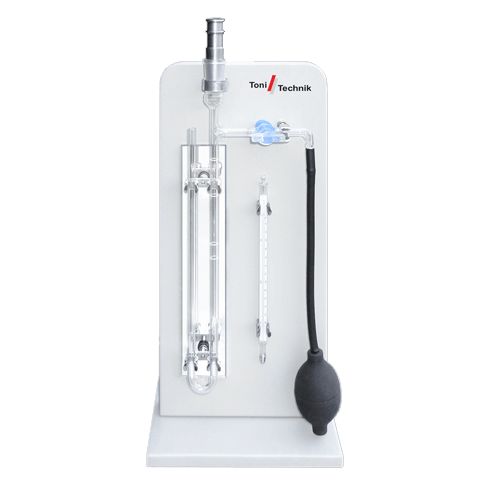Gypsum and lime have a lot in common. In addition to their mostly white-grey colour, their chemical composition and their geological genesis, both resources are used by the building materials industry as binders.
Chemically speaking, gypsum is calcium sulphate (CaSO4) and lime is calcium carbonate (CaCO4). The gypsum found in nature, however, usually also contains water (H2O). Therefore the complete chemical formula for conventional gypsum is calcium sulfate dihydrate (CaSO4 – 2H2O).
Limestone and gypsum were formed a long time ago by sedimentary deposition processes. Gypsum, unlike lime, which is formed from the remains of marine animals, is formed by the evaporation of sea water.
Today, gypsum is mined in open-cast mines. In addition, artificially extracted gypsum is also produced as a by-product in the flue gas desulphurization plants of large coal-fired power plants, which is used in large quantities as a raw material in the construction industry.
In order to use gypsum as a building material, the crushed and ground gypsum is dried in a kiln. Depending on the temperature of the kiln, different building gypsums for different properties are produced. Burnt gypsum as a dry, powdery product is used as a binder, for example, in plaster or screed. Before processing, these dry products are mixed again with water.
Gypsum plaster and gypsum screed, but also gypsum boards, essentially consist of building gypsum (binding agent) and sand.
Gypsum is also added to the cement and acts as a setting retarder during the hardening of the concrete.
Limes, like gypsum, are binding agents for masonry and plaster mortars. A distinction is made between air lime and hydraulic lime.
In order to use lime as building lime, they, like gypsum, have to be crushed, burnt at high temperatures and fine grinded in order to obtain the desired chemical and technical properties as binders.
Due to the various technical properties of building gypsum and lime as binding agents and partly also as building material, Toni Technik offers an extensive range of solutions in the field of binding agent testing for the building material industry as well as for the R&D sector.














